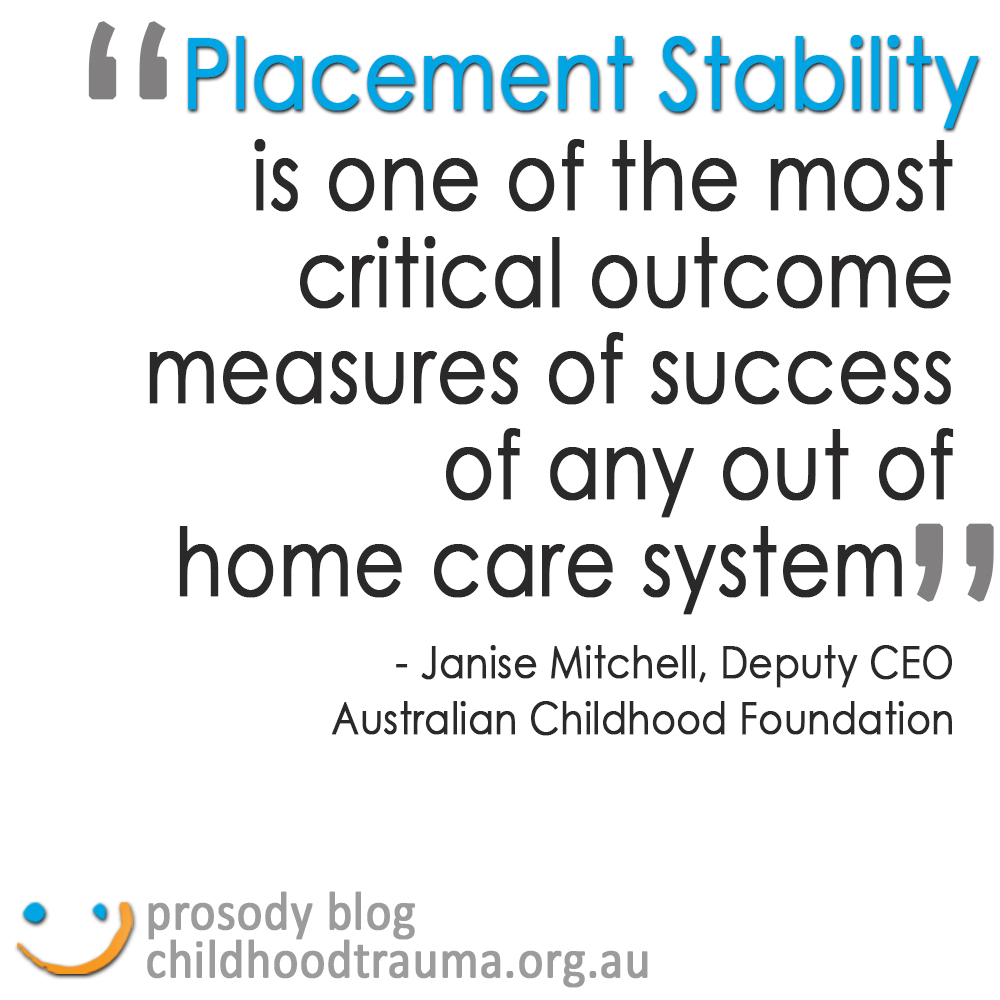
Principles of Out of Home Care Reform – Part 1

As reform in out of home care continues to be debated in every jurisdiction, it seems that a vision for what an effective model should look like is becoming less and less clear. Over the years, one of my areas of interest has been how to improve Out of Home Care for children and young people so that belonging and safety are central to their experiences.
With a team of committed professionals working collaboratively from the Australian Childhood Foundation, Anglicare Victoria and the Department of Human Services (Victoria), I was privileged to lead the development of the first ever Therapeutic Foster Care Program in Australia over a decade ago. The TrACK Program as it was called continues today.
A few years ago, I also had the chance to complete my Masters on the barriers to out of home care reform, using Victoria’s efforts to implement a trauma informed therapeutic overlay to all of foster care as a case example.
It feels that the current policy climate might be a good time to look at the core qualities and action principles that should be incorporated into any system redesign of out of home care. I have decided to break the topic into a series of posts over the coming months. I hope to do my best to reply promptly to any thoughts you share.
The first principle I would like to explore is placement stability.
This, in my view, is one of the most critical outcome measures of success of any out of home care system.
Children who experience stability and have carers who are consistent, constant and connected to them over time are more likely to achieve positive developmental outcomes. Further, the attitudes of the carer and the child’s sense of belonging are ultimately the primary determinants of a child’s sense of family.
In their important longitudinal study of outcomes for young people who age out of care, Cashmore and Paxman (2006) identified that ‘felt security’ whilst in care and continuity and social support beyond care were the key determinants of positive outcomes for young people 4-5 years after leaving care. They concluded that stability was important as it supported the development of a sense of belonging and security and an enduring network of social support for children in out of home care.
Important indicators of placement stability can include the number of placements experienced by children, the length of time they spent in care, the number of unplanned exits from care and the number of case managers assigned to their case.
Our own experience of providing therapeutic forms of care and a review of the current literature suggest that the following factors are likely correlates of placement stability:
- sensitive placement matching processes;
- carer characteristics that enable them to stay open and flexible to the changing needs of children;
- not having too many children in the home;
- involvement in decision making by children and carers;
- care underpinned by appropriate theory, in particular the knowledge base about the neurobiology of trauma and attachment;
- a coherent approach to understanding and meeting the needs of children across environments;
- responsive parenting;
- support and training for carers;
- well managed processes if there is a possibility of reunification with birth families;
- positive and respectful relationships between workers and carers;
- continuity of case workers;
- timely provision of information about the child to the carer;
- the quality of relationships with birth families; and,
- timely decision making processes.
Stability for children in out of home care should not be negotiable. It is their basic entitlement.
In your experience, what do you believe are the factors which contribute to stability for children in out of home care?
Cashmore, J. and Paxman, M. (2006). Wards leaving care: follow up five years on. Children Australia, 31, 8-25.
